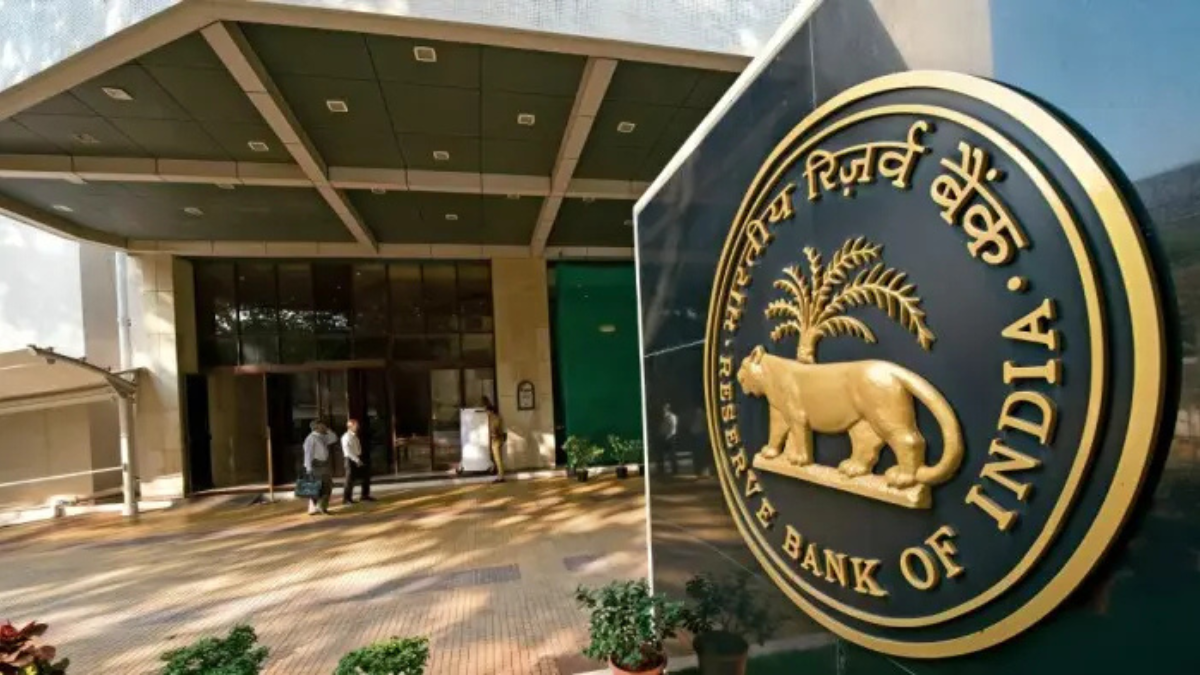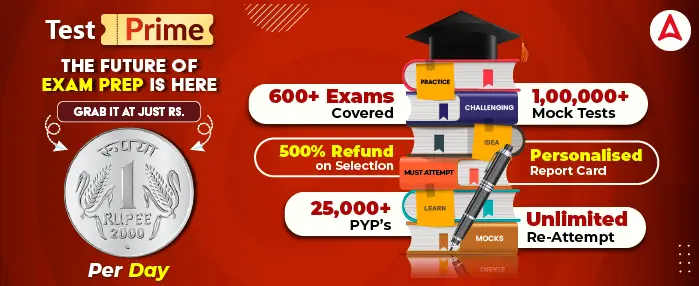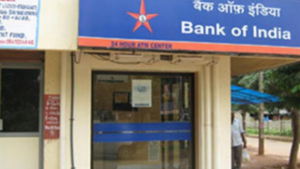The imposition of 50% tariffs by the United States on a significant portion of Indian exports has been a major concern for India’s economy in 2025. These tariffs, primarily affecting sectors like textiles, gems and jewellery, and marine products, have made Indian goods less competitive in the US market, threatening jobs and growth, especially among MSMEs. The Reserve Bank of India (RBI), as the country’s central bank and financial regulator, has pledged to step in and provide support to help these sectors weather the storm.
How Will the RBI Support Indian Sectors Hit by US Tariffs?
The RBI’s approach to the US tariff challenge is multi-layered, spanning immediate liquidity management, credit support measures, long-term competitiveness, and ongoing engagement with stakeholders and government partners. The central bank’s swift, flexible interventions aim to minimise economic disruption, protect jobs, and ensure that vulnerable sectors receive the backing they need to adapt and thrive despite a changing global trade environment.
1. Ensuring Ample Liquidity and Credit Support
Immediate credit flow: The RBI has assured that it will maintain and even enhance the availability of credit to businesses hardest hit by these tariffs. By keeping sufficient liquidity in the banking system, the RBI ensures banks can continue to provide working capital and trade finance to exporters who suddenly face order declines and payment delays.
Moratorium and loan restructuring: Exporters, especially MSMEs, have called for temporary relief such as a moratorium on loan repayments and easier terms for limit enhancement. RBI may facilitate these measures, allowing affected businesses time to reorganise and recover without fear of immediate loan defaults.
Credit guarantee schemes: To improve access to affordable loans, the RBI can expand targeted credit guarantee schemes, encouraging banks to lend to smaller firms despite higher risks.
2. Consultation and Stakeholder Engagement
Industry meetings: The RBI is scheduled to meet with industry representatives to deeply assess the real impact across sectors. These consultations help design sector-specific interventions and ensure policy decisions are data-driven and responsive to the ground realities of exporters, especially in clusters like Surat (textiles) and Tiruppur (apparel).
Continuous monitoring: Together with the government, the RBI monitors early warning signals in labour markets, export order books, and financial health to respond promptly with additional support if necessary.
3. Monetary Policy Flexibility
Accommodative stance: If the situation worsens, the RBI may consider further cuts to policy interest rates or special liquidity windows for affected sectors. This would lower borrowing costs and facilitate investment, helping industries stay afloat until conditions improve.
Inflation vs. growth balance: The RBI maintains a careful balance: it is committed to controlling inflation but has expressed willingness to prioritise growth through targeted interventions when needed.
4. Promoting Trade in Local Currencies
Rupee internationalisation: Longer-term, the RBI is encouraging the use of the Indian Rupee in international trade, aiming to conduct more bilateral trade deals directly in rupees instead of dollars. This strategy reduces exposure to currency volatility and reliance on foreign forex reserves, making India more resilient to external shocks like tariffs.
Existing and new trade partners: India currently has arrangements with several countries for rupee-based trade, and more such agreements are being pursued to build alternative markets for Indian exports.
5. Structural and Regulatory Reforms
Foreign Exchange & Regulatory Easing: On the legal and regulatory front, the RBI is reviewing laws such as the FEMA to further ease trade and cross-border payments, making it simpler for exporters to do business and adapt to sudden policy changes.
Long-term competitiveness: Supporting digitization, diversifying supply chains, and backing investments in research and infrastructure, the RBI helps businesses become more resilient in the global market over time.
6. Collaboration with Government
Coordinated approach: The RBI is working closely with central and state governments on structural reforms such as signing new free trade agreements—specifically with the UK, and pursuing others—in a bid to open new markets and compensate for losses from the US.
Export promotion: Jointly, they may roll out special export incentives or interest subvention schemes to further protect livelihoods and secure foreign exchange earnings.




 Bank of India Credit Officer Salary 2026...
Bank of India Credit Officer Salary 2026...
 Cloze Test Approach – How to Score Full ...
Cloze Test Approach – How to Score Full ...
 Bank of India Credit Officer Syllabus 20...
Bank of India Credit Officer Syllabus 20...








